Math always seems hardest until someone shows you how to do the problem and then it all seems just so simple. This video will walk you through the process of finding the surface area of a cone when you also have to derive the slant height. Use this example to help with your other cone problems.
Identify the radius of the cone's base circle. If you have the diameter, cut it in half to get the radius. If you have the slant height and perpendicular height, use the Pythagorean theorem.
Write the radius somewhere off to the side, where it's labeled and easy to find, because you will need it several times in several different calculations.
Find the area of the base circle by squaring the radius and multiplying by pi.
If the instructions say anything like "exact value", it means that you write the Greek letter for pi and leave it. So a radius of 3 gives an area of 9pi.
Otherwise, use 3.14 or your calculator's pi button to finish the multiplication and get a decimal version for the area.
You can round, but keep at least 3 digits after the decimal point for now.
Write that answer off to one side, somewhere where it is labeled "base area" and easy to find.
Identify the slant height of the cone. This refers to the height along the slanted side of the cone, not the height from the tip of the cone to the center of the circle.
The radius, the perpendicular height (from tip to center), and the slant height are related by the Pythagorean theorem. See the "tips" section below.
Multiply the slant height times the radius times pi. Again, "exact value" means write pi as pi; otherwise, use 3.14 to get the decimal approximation.
Write that answer off to one side, somewhere where it is labeled "lateral area" and easy to find.
Add the "base area" with the "lateral area".
Round, as needed. This is your final answer.






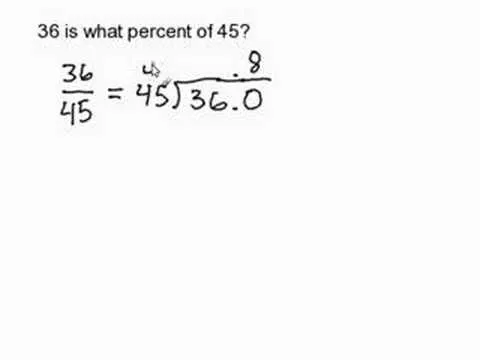
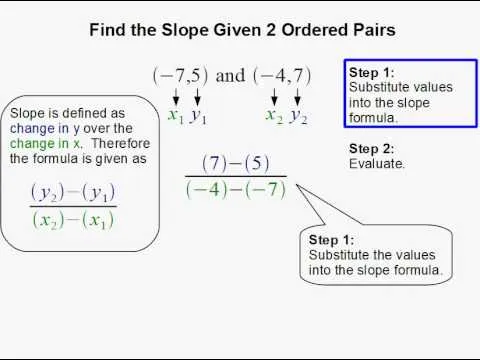











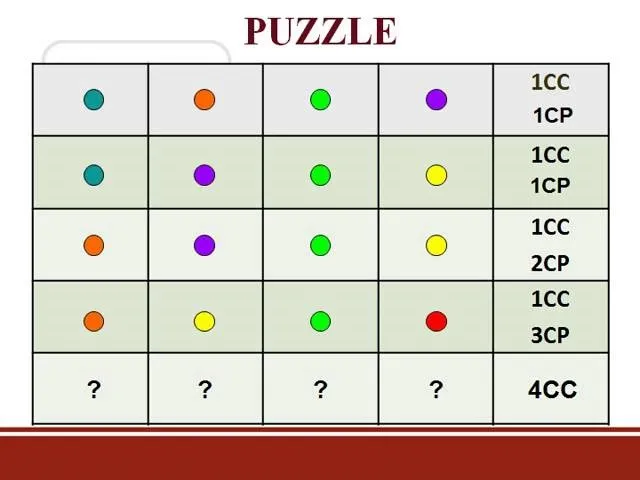
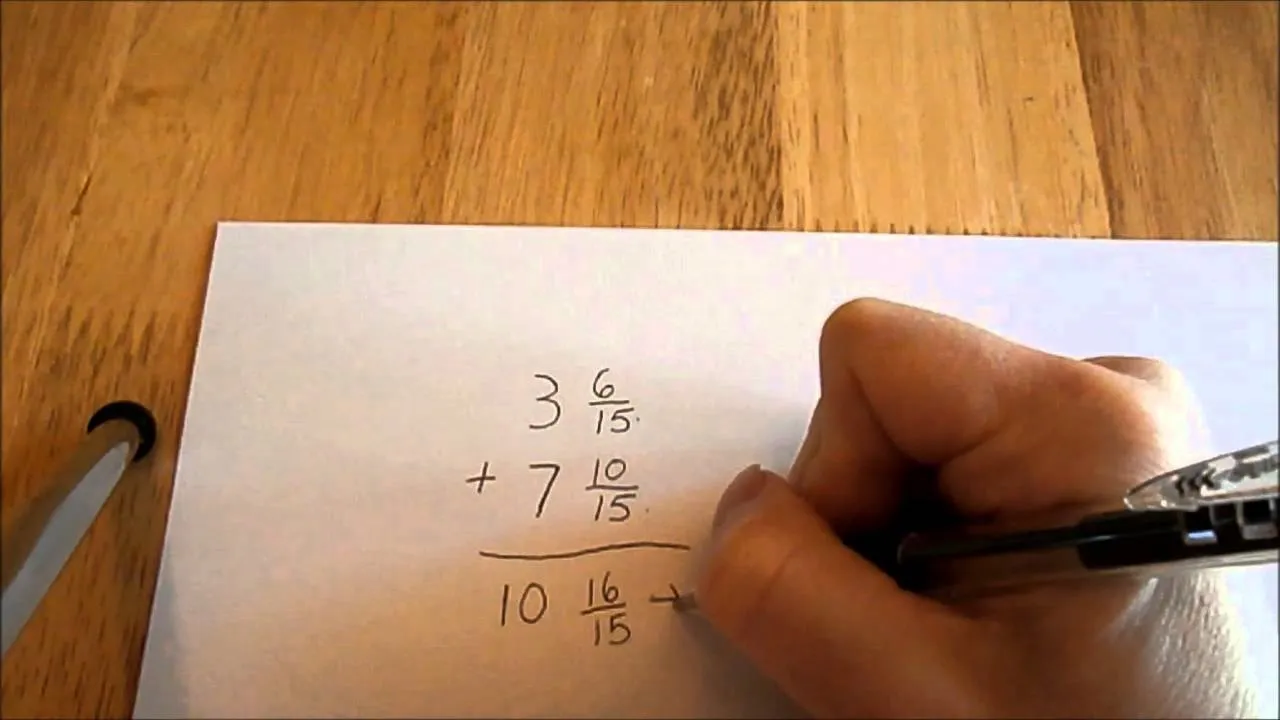

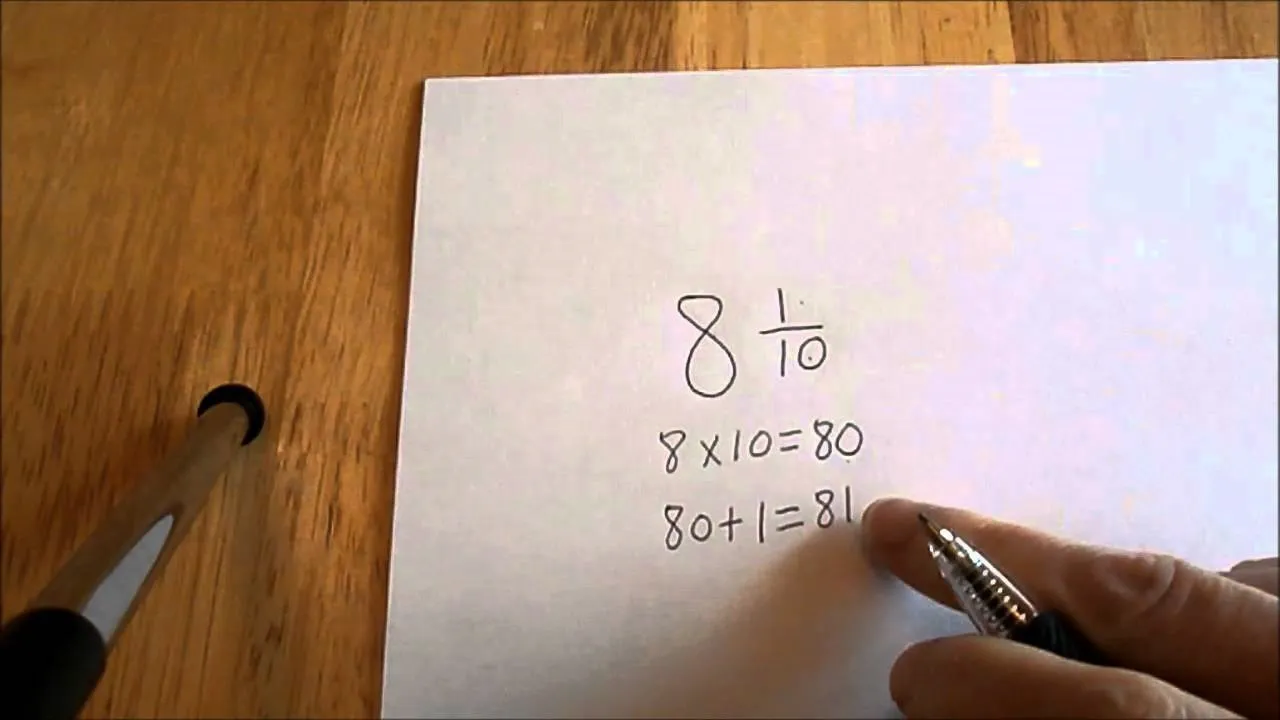


Comments
Be the first, drop a comment!